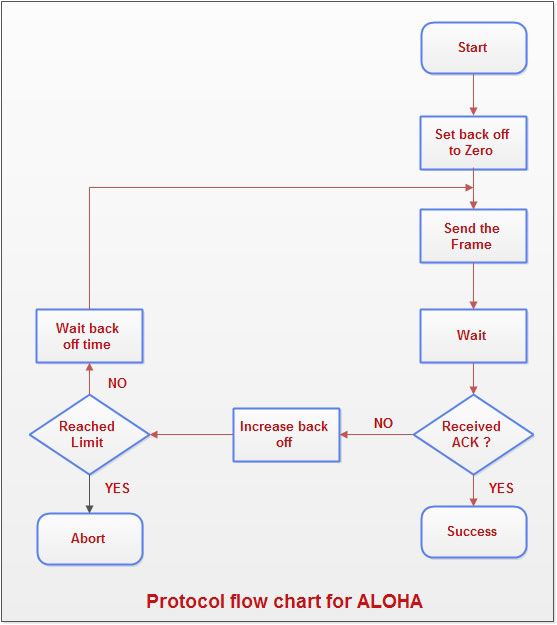
The saturation decreased from 57% to 1~2% by using MLA. However, after using K-mapping, the network changes and the different number of gateways had a greater impact on the probability of successful transmission. (3) Results: The performance of the improved ALOHA degraded with the increasing number of SFs and as well ENs. The varying distances (D) of the end nodes (ENs) are arranged based on the K-means machine learning algorithm (MLA) using the parameter selection principle of ISM (industrial, scientific and medical) regulation with a 1% DC for transmission to minimize the saturation. (2) Methods: In this paper, the improved ALOHA mechanism is used, which is based on the orthogonal combination of spreading factor (SF) and bandwidth (BW), to maximize the throughput of LoRa for ESL.

The maximum expected channel capacity usage is similar to the pure ALOHA throughput.

The increasing number of gateways can only improve the global performance for generating packets with Poisson law having a uniform distribution of payload of 1~51 bytes. The ALOHA mechanism can cause inefficiency by not eliminating fast saturation even with the increasing number of gateways. It can be used for applications that need a low data rate, i.e., up to approximately 27 Kbps. The maximum efficiency of pure ALOHA is 18.4%, while that of slotted ALOHA is 36.8%, which makes LoRa unsuitable for industrial use. The restriction of the duty cycle (DC) and dependency of acknowledgment makes it unsuitable for use by the common person. It uses many gateways (GWs) to transmit the same data packet to a node, which causes collision at the receiver side. LoRa is one of the prominent contenders in this category as it provides long-range connectivity with less energy harvesting and location tracking. These technologies have a short range or need more manpower. The current ESL uses QR (quick response) codes, NFC (near-field communication), and RFID (radio-frequency identification).

COVID-19 has limited the manpower responsible for the frequent updating of the ESL system. (1) Background: The scientific development in the field of industrialization demands the automization of electronic shelf labels (ESLs).


 0 kommentar(er)
0 kommentar(er)
